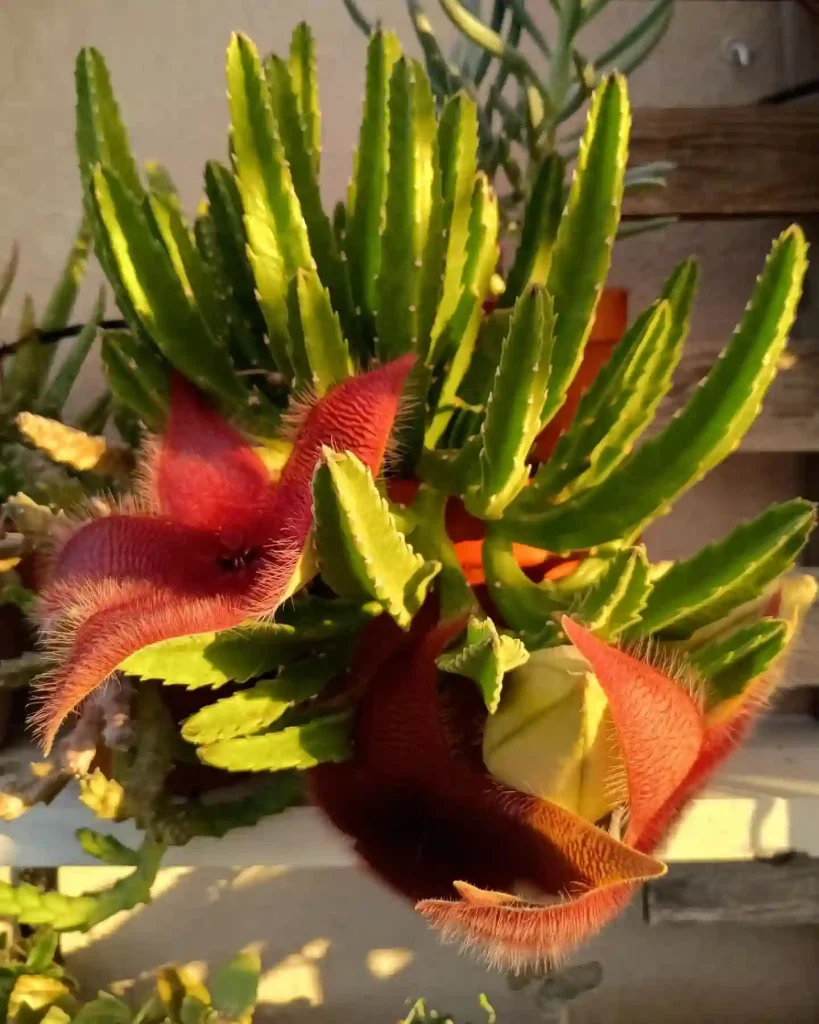
The Allure of Plectranthus amboinicus: From Fragrant Friend to Flavorful Feast
Plectranthus amboinicus, a synonym of Coleus Amboinicus, often called Cuban oregano or Indian borage, has become a familiar sight on my windowsill. Its vibrant green leaves and heady, oregano-like aroma never fail to invigorate my senses. But this delightful herb is more than just a pretty face (or should I say, a fragrant pot). It boasts a surprising versatility, transforming from a household companion to a culinary hero with ease.
302 Species in Genus Coleus
What is Plectranthus amboinicus?
Plectranthus amboinicus is a sun-worshipping member of the Lamiaceae family, sharing kinship with culinary staples like mint and oregano. This tropical native thrives in warm climates, sporting thick, succulent leaves and square stems. But its true charm lies in its clusters of delicate, two-lipped flowers that range from pale blue to soft pink. While not as showy as its cousin, the colorful coleus, Plectranthus amboinicus offers a quiet elegance that complements any herb garden.
Plectranthus Amboinicus vs Plectranthus Argetatus
When I grew Plectranthus amboinicus, I was impressed by its rich, spicy aroma, which made it a great addition to my culinary herbs, while Plectranthus argentatus, though still aromatic, didn’t have the same strong scent and felt more ornamental with its distinctive silver foliage.
Can you eat Plectranthus amboinicus?
Absolutely! This is where Plectranthus amboinicus truly shines. Its leaves boast a pungent, oregano-like flavor with a hint of thyme, making it a fantastic addition to a wide range of dishes. I love tossing chopped leaves into soups, stews, and bean dishes for an extra depth of flavor. It pairs beautifully with meats and vegetables, adding a touch of warmth without overpowering the palate. Some folks even consider it a secret weapon in their homemade salsa!
Important Note: Plectranthus amboinicus is not a psychoactive herb and should not be confused with other species in the genus that may have mind-altering properties.
Can I smoke Plectranthus amboinicus?
Plectranthus amboinicus is not intended for smoking. While some cultures utilize various plant parts in smoking rituals, there’s no evidence to suggest Plectranthus amboinicus offers any benefits or psychoactive effects when smoked. In fact, inhaling unknown plant material can be dangerous and irritate the lungs. It’s best to stick to enjoying this herb in its culinary form.
How to care for Plectranthus amboinicus?
Plectranthus amboinicus is a low-maintenance herb that thrives on neglect (almost!). Here are some key tips for keeping your plant happy:
- Sunshine: This sun worshiper craves at least 6 hours of bright, indirect sunlight daily.
- Watering: Water moderately, allowing the soil to dry slightly between waterings. Overwatering is a surefire way to lose your plant.
- Soil: Use a well-draining potting mix to prevent root rot.
- Pruning: Regular pruning encourages bushier growth and promotes new leaf production. Pinch off leggy stems and flower buds to maintain a compact shape.
With a little TLC, your Plectranthus amboinicus will reward you with fragrant foliage and a steady supply of flavorful leaves for your culinary creations.
Can I grow Plectranthus amboinicus from cuttings?
Propagating Plectranthus amboinicus is a breeze! Here’s how:
- Take a 4-6 inch stem cutting with a few healthy leaves.
- Remove the lower leaves and dip the cut end in rooting hormone (optional but helpful).
- Plant the cutting in a pot filled with moist, well-draining potting mix.
- Place the pot in a warm location with bright, indirect sunlight.
- Keep the soil moist but not soggy.
Within a few weeks, you should see new growth emerge, signifying a successful propagation!
How to extract the oil from Plectranthus amboinicus leaves?
While Plectranthus amboinicus essential oil is available commercially, extracting it at home requires specialized equipment and a fair amount of plant material. The process involves steam distillation, which can be hazardous if not done correctly. For most home cooks, using the fresh or dried leaves is a simpler and safer way to enjoy the herb’s flavor.
Plectranthus amboinicus has become a cherished member of my household. It adds a touch of vibrancy to my windowsill, offers a fragrant pick-me-up when I need it, and elevates my culinary creations to new heights. If you’re looking for a low-maintenance herb with a big personality, give Plectranthus amboinicus a try. You won’t be disappointed.



